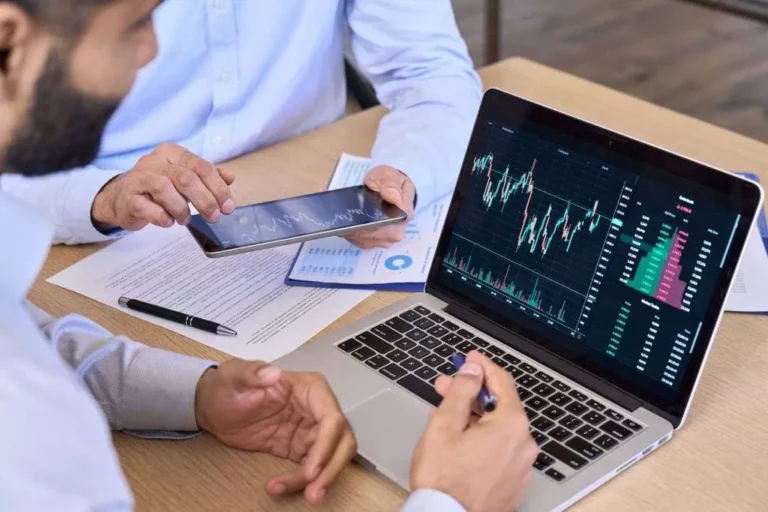How To Select An Etf Liquidity Provider
Second, the number of buyers and sellers helps enhance trading quantity and therefore liquidity. There are many drivers of this from investor curiosity in the strategy, attractiveness of future returns and even how properly the ETF is marketed or bought. Whereas buying and selling quantity can indicate liquidity, it isn’t the whole story. An ETF can have good liquidity even with lower buying and selling volumes because of the creation and redemption mechanisms.
Flexibility In Portfolio Management
Funding return and principal value of safety investments will fluctuate. The worth at the time of redemption could also be kind of than the original cost. Passively managed funds invest by sampling the index, holding a spread of securities that, in the combination, approximates the total Index by method of key risk elements and other traits.
An ETF that tracks extremely liquid stocks (like Nifty 50 or Sensex) is generally simpler to trade—even if its own volume is low. APs are massive institutional traders appointed by the ETF issuer. They create and redeem ETF items in bulk (called “creation models”) by delivering a basket of underlying securities. The creation and redemption process finally ensures there’s sufficient inventory to fill investors’ orders. It permits large buy or sell trades to be executed within the ETF with little or no impression Volatility (finance) to the market.

In the secondary market (i.e., the stock etf liquidity providers market), liquidity is described through the buying and selling quantity of the underlying securities in the ETF and their bid-ask unfold. A narrower spread regularly signifies higher liquidity and lower buying and selling prices. Not Like ETFs, that are traded on exchanges like stocks, mutual fund shares are purchased and bought immediately with the fund on the day’s closing NAV.
Less liquid property could take longer to sell or require accepting a discounted value. NAV is the acronym for Internet Asset Value, and it represents the web value of an entity. In the case of mutual funds, NAV means the market worth per unit of the fund. Usually, the NAV of a brand new mutual fund (NFO) scheme begins at Rs. 10 and gradually increases as the belongings beneath administration grows. All mutual fund schemes together with open-ended, closed-ended, and interval schemes across fairness, debt and hybrid categories have NAVs which are driven by market movements.
Risk Info
Secondary market liquidity is normally measured by buying and selling quantity, bid-ask spreads, and market depth. Trade Traded Fund (ETF) An ETF is an open-ended fund that gives publicity to underlying funding, normally an index. Like an individual inventory, an ETF trades on an exchange throughout the day. In Distinction To mutual funds, ETFs can be offered quick, bought on margin and often have options chains connected to them. Quick sellers provide liquidity, as they tend to be promoting into demand when share prices appreciate, and conversely looking to buy back shares when costs decline.
If you’ve ever puzzled why your ETF purchase or promote order didn’t execute at your anticipated value, chances are it had something to do with ETF liquidity, bid-ask spreads, or trading volumes. Retail investors usually draw back from the world of investing as a result of they imagine that you just need a lot of money to start out investing in the inventory market. We are referring to Systematic Investment Plans or SIP supplied by mutual funds.
Suppose the market cools down, and traders resolve to promote their shares of GreenTech ETF. The elevated promoting pressure may drive the price of the ETF shares well below the NAV. An AP buys the ETF shares from the market and returns them to the ETF issuer. The AP receives a basket of the underlying clean https://www.xcritical.in/ tech shares in change.
That’s especially true of huge trades, which may be complex and, if mishandled, create adverse consequences for shopper portfolios. An ETF might have low buying and selling volume but still be liquid due to the liquidity of its underlying belongings and the position of APs. The data supplied does not represent funding advice and it should not be relied on as such. It shouldn’t be thought of a solicitation to buy or an offer to promote a safety. It does not take into account any investor’s particular investment goals, methods, tax status or investment horizon. All materials has been obtained from sources believed to be reliable.
Institutional trade desks are great assets significantly for midsize to large ETF orders. Newcomers to the financial markets often misunderstand elementary ideas, and an exchange-traded fund (ETF) is among the most difficult products to understand. In the case of ETF liquidity, for example, new investors often draw the distinction between two levels of liquidity. This is why it’s critical to elucidate and perceive tips on how to determine ETF liquidity.

One day, a breakthrough invention in solar power creates waves of pleasure available in the market. Buyers transfer to purchase shares of GreenTech ETF to capitalize on this trend. The sudden surge in demand may drive the share worth of the ETF sky-high, deviating from the precise value of the underlying assets or its NAV. The “secondary market” liquidity seen on exchanges is essential for ETF traders and traders. However, unlike stocks, ETFs possess one other layer of liquidity considerations due to how they’re created. Whereas greater quantity usually suggests higher liquidity, ETF liquidity additionally is dependent upon the liquidity of the underlying belongings and how effectively market makers can create/redeem ETF items.
- It additionally offers long run holders peace of mind that they can convert holdings to money should the necessity arise.
- While buying and selling volume can indicate liquidity, it is not the entire story.
- Exchange-Traded Funds (ETFs) have become a popular investment vehicle in India as a result of their low prices, flexibility, and transparency.
- A vendor also can transact at a price that isn’t too low relative to the price on the display screen or the NAV of the fund.
- These desks actively transact within the underlying ETF to dynamically hedge their position(s), as they facilitate transactions on a wide selection of monetary instruments for institutional purchasers.
Whereas ETFs are cost-effective and flexible, poor trade execution due to broad spreads or misunderstood quantity signals can silently cut back your returns. The creation and redemption course of helps keep supply and demand in balance and results in an ETF share price that’s typically according to the value of the underlying securities. If offered, the broker or advisor’s custodian (a monetary instinct that looks after the clients’ funds or investments) may have an institutional commerce desk that can help in ETF trading. The institutional trade desk has skilled traders with direct access to ETF market makers who will compete for the order.
Midday buying and selling tends to offer tighter spreads and extra steady pricing due to active market participation. Market makers continuously quote both buy and promote costs, serving to cut back bid-ask spreads. They ensure that there’s at all times a counterparty on your trade, making it simpler to enter or exit positions within the ETF. As A Substitute of focusing only on recognition or past efficiency, also assess liquidity metrics earlier than putting a commerce.
